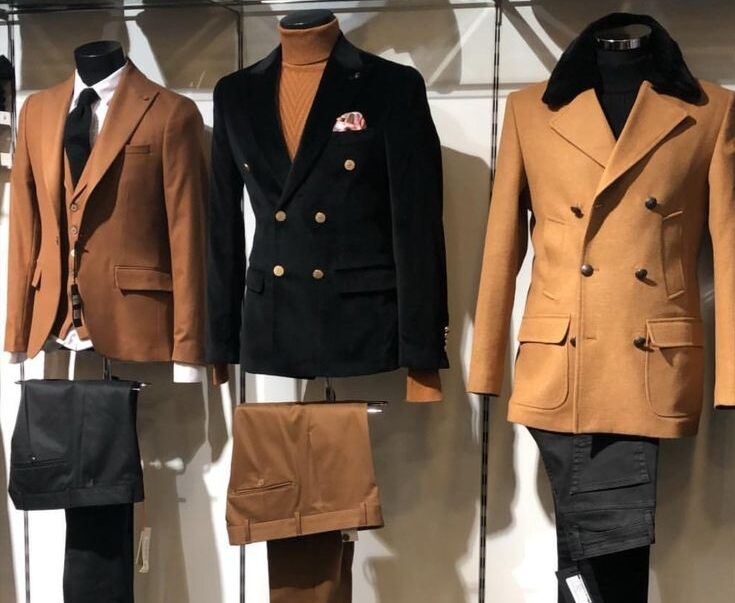In today’s professional landscape, understanding and adhering to workplace dress codes is essential for projecting a polished and professional image. Two common dress codes that often cause confusion are business casual and business formal. While both require a degree of sophistication, they differ in terms of formality and attire expectations. Let’s explore the distinctions between these two dress codes and how to navigate them with confidence.
Business Formal: Making a Powerful Impression
Business formal attire is synonymous with professionalism and authority. Typically reserved for high-stakes meetings, conferences, and formal events, this dress code demands a refined and polished appearance. For men, a traditional business formal ensemble consists of a tailored suit in classic colors such as navy, charcoal, or black. Pair it with a crisp dress shirt, a conservative tie, and leather dress shoes to complete the look. Pay attention to details like cufflinks, a leather belt, and a subtle pocket square to elevate your outfit.
Women’s business formal attire reflects the same level of sophistication and attention to detail. Opt for a tailored pantsuit or a knee-length skirt suit in neutral tones. Pair it with a tailored blouse or button-down shirt and closed-toe heels. Accessories should be understated yet elegant, such as pearl earrings, a delicate necklace, and a structured leather handbag. Keep makeup and hair styling professional and polished to complete the ensemble.
Business Casual: Striking the Balance Between Comfort and Professionalism
Business casual attire offers more flexibility while still maintaining a professional appearance. It’s suitable for everyday work settings, client meetings, and networking events where a strict formal dress code isn’t required. For men, business casual typically entails tailored trousers or chinos paired with a collared shirt, such as a button-down or polo shirt. You can opt for a blazer or sports coat for added polish, but it’s not mandatory. Finish the look with leather loafers or dress shoes and a coordinating belt.
Navigating the Gray Areas
Despite the clear distinctions between business formal and business casual attire, there are often gray areas that can cause confusion. When in doubt, it’s best to err on the side of caution and dress slightly more formally than necessary. Pay attention to cues from your workplace culture, industry norms, and the nature of the event or meeting you’ll be attending. When in doubt, consult your company’s dress code policy or seek guidance from HR or a trusted colleague.



